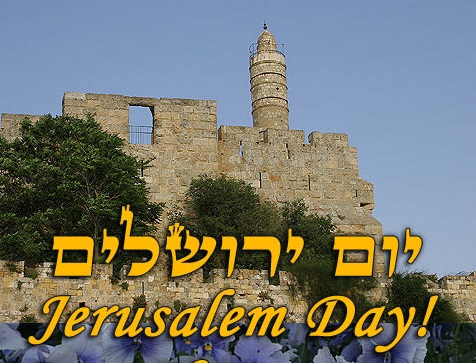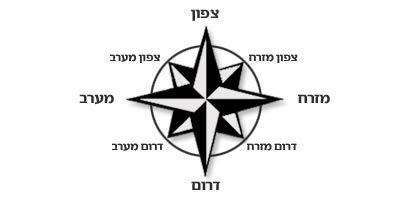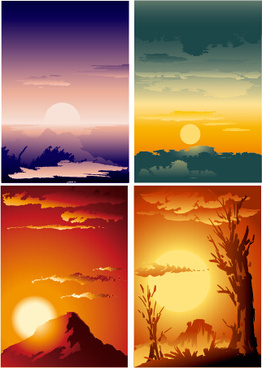Indestructible Wall – Indestructible People

Indestructible People

Shalom,
Next week Sunday, May 13th we will celebrate
“Yom Yerushalayim” – יום ירושלים The Jerusalem Day.
Yom Yerushalayim, commemorates Jerusalem’s reunification in 1967. This day begins on 28th day of the month of Iyyar in the Hebrew calendar.
Jerusalem has always dwelled in the hearts of the Jewish people.
For generations Jews have recited the verse:
אִם אֶשְׁכָּחֵךְ יְרוּשָׁלָםִ – תִּשְׁכַּח יְמִינִי
תִּדְבַּק לְשׁוֹנִי לְחִכִּי אִם לֹא אֶזְכְּרֵכִי
אִם לֹא אַעֲלֶה אֶת יְרוּשָׁלִַם עַל רֹאשׁ שִׂמְחָתִי
let my right hand forget its skill!
Let my tongue stick to the roof of my mouth,
if I do not remember you,
if I do not set Jerusalem
above my highest joy!
(Psalms:137)
The expression (The day of Jerusalem)
Yom Yerushalayim – יום ירושלים
appears in the above psalm (Psalms:137):
זְכֹר ה’, לִבְנֵי אֱדוֹם אֵת, יוֹם יְרוּשָׁלִָם
Remember, O LORD, against the children
of Edom the day of Jerusalem
Historical background
Jerusalem has been divided since the War of Independence in 1948 until 1967. The western part of the city was in Israeli hands, and the eastern part – excluding an Israeli enclave on Mount Scopus – was under the control of the Jordanian kingdom.
After the eastern part of the city was liberated during the six-day war, the walls dividing the city were torn down and three weeks later the Knesset (Israeli Parliament) enacted legislation unifying the city and extending Israeli sovereignty over the eastern part.
The day marking this event was decided upon one year later to celebrate the unification of the city and the Jewish peoples’ connection with the city of Jerusalem throughout the ages.
Let’s take a look how our sages relate to verses in “Song of Songs” to the Western Wall.
“The voice of my Beloved!
Behold it came suddenly to redeem me, as if leaping over mountains, skipping over hills. In His swiftness to redeem me, my Beloved is like a gazelle or a young hart. I thought I would be forever alone.
But behold! He stands behind our wall, observing through the windows, peering through the lattices.”
(Song of Songs 2:8-9)
Let’s look at the word “behold”
The Midrash says:
“Behold ― He stands behind our wall” ― this refers to the Western Wall of the Temple.
Why so? Because God has sworn that it will never be destroyed. (Midrash Rabba, Song of Songs 2:4)
When the future Emperor Titus had subdued the city of Jerusalem (70 CE), he assigned the destruction of the four ramparts to four generals.
The Western Wall was allotted to Pangar. The other generals demolished their sections, but Pangar did not demolish his.
Titus sent for him and asked, “Why did you not destroy your section?”
Pangar replied, “By your life, I acted so for the honor of your empire; for if I had demolished it, nobody would know (in the time to come) what it was you destroyed; but when people look at the Western Wall, they will exclaim, ‘Behold the might of Titus from what he didn’t destroy!'”
Actually, Pangar wanted, but was not able to destroy the Western wall.
The Midrash tells us that the out of the original four walls of the Temple, the Western wall was built by the “blood, sweat and tears” of the poor people, who would stop their regular work and devote their time to building the wall, staying hungry, but being excited and driven by a deep desire to buid the holy Temple in Jerusalem.
Therefore, a divine promise has been made to keep
The Western wall safe from any destruction.
Mark Twain wrote:
“…Other peoples have sprung up and held their torch high for a time, but it burned out, and they sit in twilight now, or have vanished.
The Jew saw them all, beat them all… All things are mortal but the Jew; all other forces pass, but he remains.
What is the secret of his immortality?”
During the 2,000 years of the Jewish exile many wars have been fought over Jerusalem. Jerusalem has been destroyed and rebuilt no less than 9 times.
But through the centuries, one symbol has miraculously remained intact – The Western Wall הכותל המערבי.
It represents the indestructibility of the Jewish people.
Hebrew Corner
הכותל המערבי -‘HAKOTEL HA’MA’ARAVEE’ – The Western Wall
Let’s look now into the Hebrew roots of ‘West’ and ‘East’
מזרח מערב
מערב – ‘MA’ARAV” – west, is based on the root ערב (evening)
ערב – ‘EREV’ – evening: it points out that West – מערב is in the direction where the sunset occurs
מזרח – ‘MIZRAKH’ – east, based on the root זרח (sunrise)
Thus מזרח – ‘MIZRAKH’ – east, points out that East – מזרח is in the direction where the sunrise occurs.
שבת שלום ויום ירושלים שמח
Shabbat Shalom and Happy Jerusalem Day!
Yoel & Orly
Our archive of posts and newsletters may be found at:
https://www.ulpanor.com/category/newletter/








